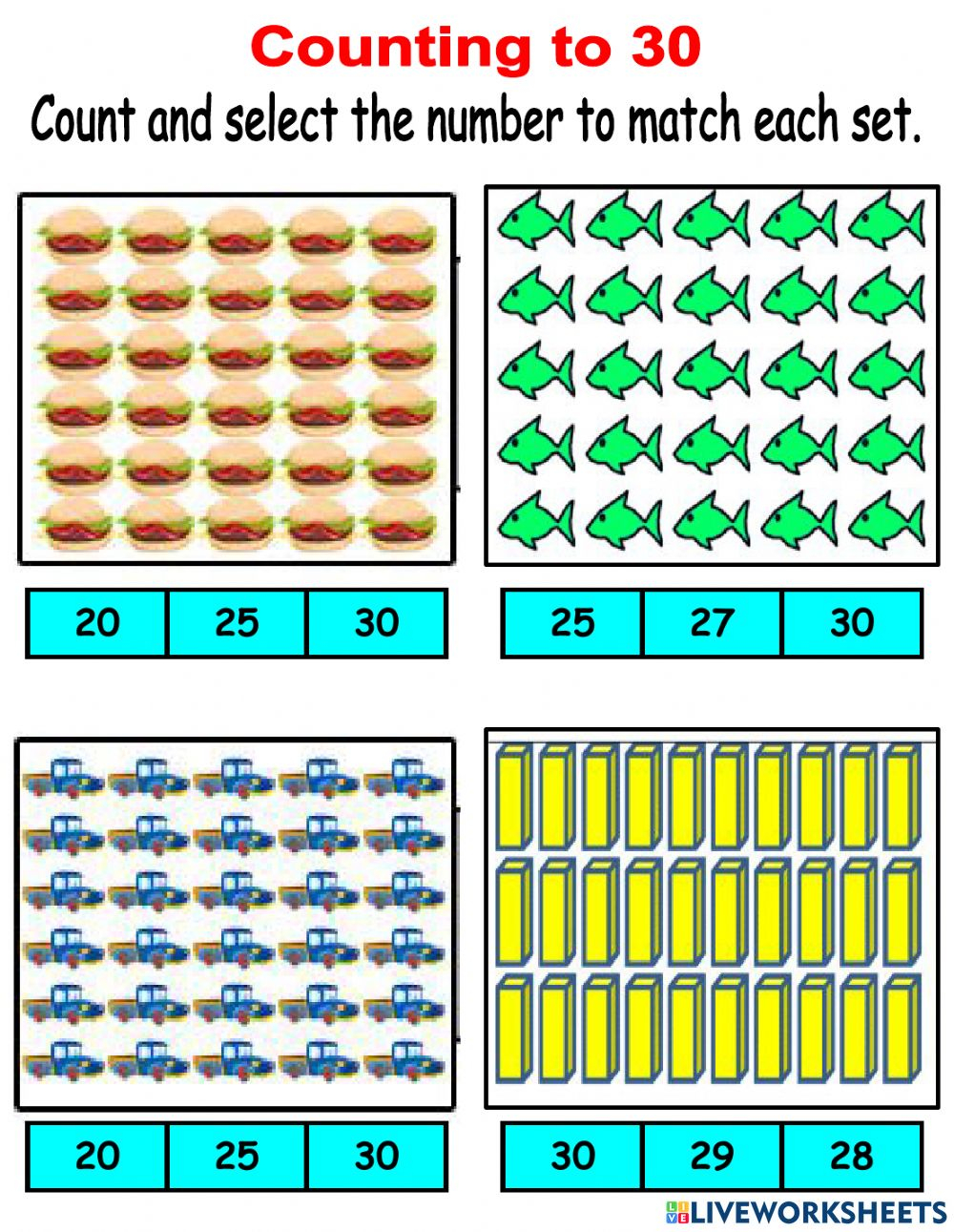5 Fun Experiments to Understand Archimedes' Principle

Introduction to Archimedes’ Principle

Archimedes’ Principle, a fundamental concept in fluid mechanics, states that an object wholly or partially submerged in a fluid is buoyed up by a force equal to the weight of the fluid displaced by the object. This principle not only explains why some objects float while others sink but also opens up a world of fascinating experiments that can be easily conducted at home or in a school lab. Here, we explore five fun experiments to deepen your understanding of this principle.
Experiment 1: The Floating Egg

What You’ll Need:
- A clear glass or container
- Water
- Salt
- An egg
Steps:
- Fill the glass with water to about three-quarters full.
- Carefully lower an egg into the water. You’ll notice it sinks to the bottom.
- Now, start adding salt to the water, stirring gently until dissolved.
- Continue adding salt until the egg starts to float.
This experiment demonstrates how increasing the density of the fluid changes the buoyancy force. Here's why:
- Initially, the egg sinks because the density of the egg is greater than that of the tap water.
- As you add salt, the water's density increases. When the water's density surpasses that of the egg, the egg will experience a buoyant force greater than its weight, making it float.
⚠️ Note: Use food-grade salt for this experiment, and remember that different types of eggs might require different levels of salinity to float.
Experiment 2: Cartesian Diver

What You’ll Need:
- A clear 2-liter bottle
- A small eyedropper or a pen cap
- Water
Steps:
- Fill the bottle almost to the top with water.
- Partially fill the eyedropper with water so that it barely floats.
- Insert the eyedropper into the bottle and cap the bottle tightly.
- Squeeze the bottle, and watch the diver sink; release the bottle, and watch it rise again.
This experiment showcases how changing the volume of the trapped air in the diver alters its buoyancy:
- When you squeeze the bottle, water pressure increases inside, pushing more water into the eyedropper. This reduces the air volume and increases the object's overall density, making it sink.
- Releasing the squeeze reduces pressure, allowing the air bubble to expand again, decreasing density, and causing the diver to float.
Experiment 3: Hydrometer at Home

What You'll Need:
- Test tubes or straws
- Clay
- Various liquids (water, oil, syrup)
Steps:
- Shape the clay into a small, round piece and attach it to the bottom of the test tube or straw to keep it upright.
- Fill different containers with various liquids.
- Place the test tube/straw into each liquid. Observe how high it floats.
This experiment uses the principle of buoyancy to measure the density of different liquids:
- The lower the hydrometer sinks, the denser the liquid. This occurs because the denser the liquid, the more buoyant force is exerted on the object to counteract its weight.
Experiment 4: Archimedes’ Crown Challenge

Legend has it that Archimedes discovered his principle by checking if a crown was pure gold by displacement. Here’s how you can replicate this:
- A bucket or container for water
- Scale
- A piece of gold or silver jewelry
- An identical volume of another metal
Steps:
- Fill the bucket with water to a measurable level.
- Weigh each piece of metal and note the weight.
- Gently lower each piece into the water, noting how much water overflows or how the level rises.
- Calculate the volume of water displaced for each.
With this experiment, you compare:
- The density of the materials through the amount of water displaced relative to their weight. If the displaced water volumes are not proportional to their weights, then the materials have different densities.
Experiment 5: Building Submarine

What You'll Need:
- A plastic bottle with a cap
- Straws
- Tape
- A tub of water
Steps:
- Create a small hole at the top of the bottle and insert a straw, sealing it with tape.
- Use the other end of the straw to blow into the bottle, increasing the internal air pressure.
- Submerge the bottle in the water and observe how it behaves when you blow air into it or let air out.
This setup mimics a basic submarine:
- Blowing air into the bottle increases its buoyancy, making it rise.
- Letting air out reduces buoyancy, allowing it to sink.
By engaging in these experiments, you'll not only have fun but also witness the practical applications of Archimedes' Principle. Understanding how buoyancy works opens the door to deeper knowledge in physics, engineering, and many real-life applications.
What is buoyancy?

+
Buoyancy is the force that causes objects to float in a fluid. It’s the upward force on an object submerged or floating in a fluid, caused by the displacement of the fluid due to the object.
Why does an object float in salt water but not in fresh water?

+
The salt water has a higher density than fresh water. When the density of the liquid increases, the buoyancy force increases, allowing less dense objects to float which would otherwise sink in fresh water.
Can Archimedes’ Principle be applied to gases as well?

+
Yes, Archimedes’ Principle applies to gases as well as liquids. The principle works the same; an object in a gas displaces that gas, experiencing an upward buoyant force equal to the weight of the displaced gas.



